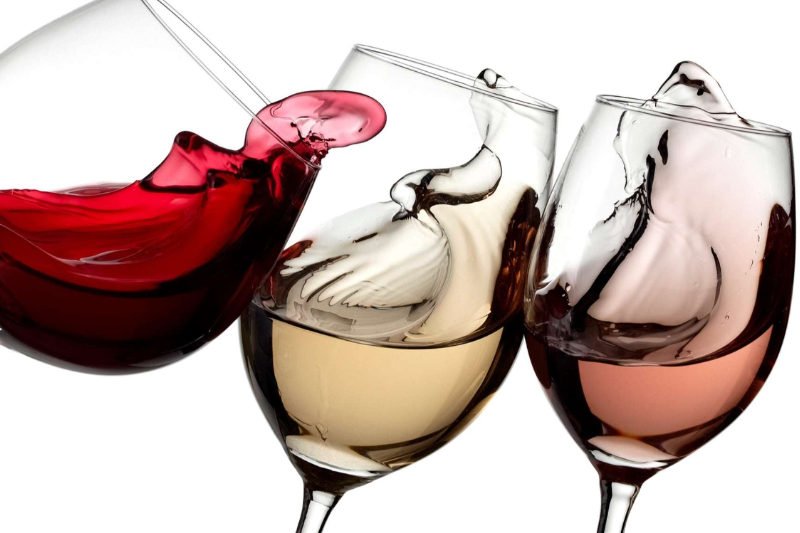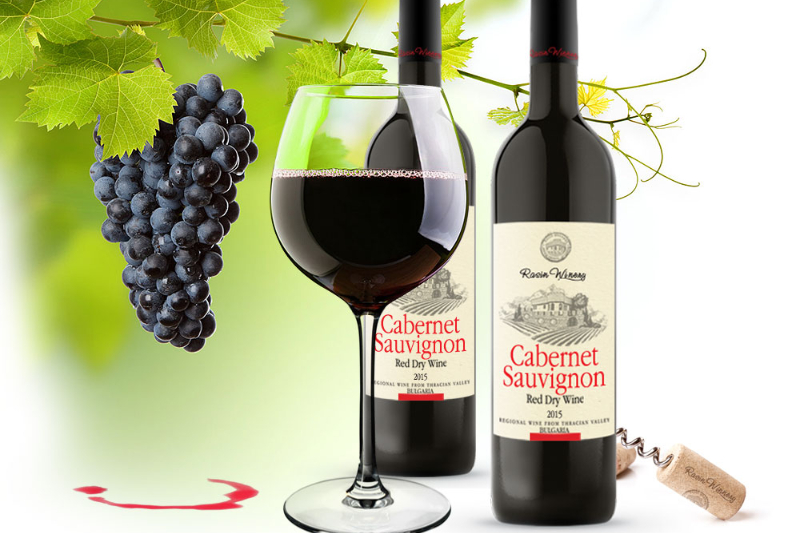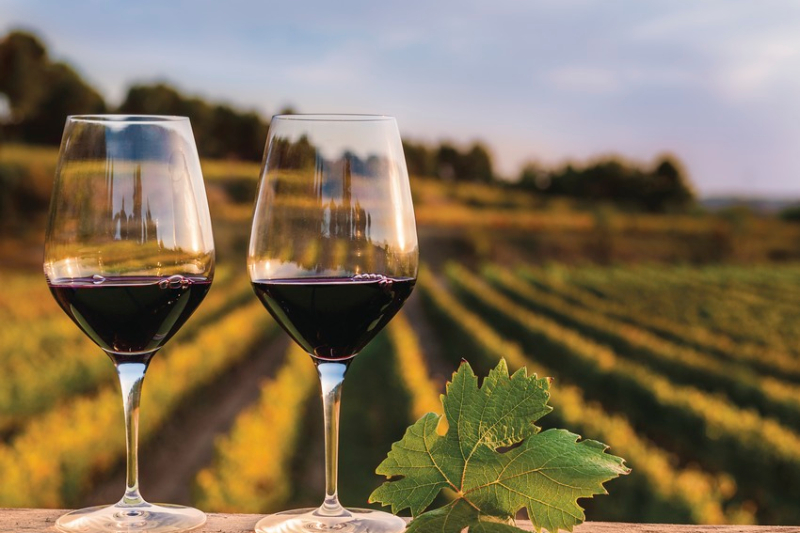- Sponsored -
4 steps to host perfect wine tasting

Be it hot or cold, wine is the apt drink for anyday. For some wine is sacred. What kind of food should it be paired with and things to smell with it are traditional and sacred to many. However, the best way to really get to know a wine is to sample it along with several bottles of the same kind of wine. There are a few key tips for hosting a wine tasting session of your own.
- Sponsored -
Determine the type of tasting you’re hosting

If you want to try different types of wine, decide if you’re tasting reds or whites, or both. Then assign a varietal of wine (wine made from one—or more variety of grape) to each of your guests. For example, one guest could bring Pinot Grigio, another Merlot, and so forth.
If you want to try one particular type of wine, choose the type, like a Cabernet Sauvignon or Pinot Grigio, and then buy five or six bottles of it. Buy from different wineries and vintages (the year the wine was made), and at different price points.
With both tastings, you and your guests can choose to be as extravagant or thrifty as you’d like.
Select your bottles

Find a liquor or wine store in the area to buy your wine from. People who work in liquor stores often have a good knowledge of what they have in stock, especially the tiny local shops. Not only do they have wisdom to offer about wine, but they are also more than happy to answer questions and can give you better insights on the wine than you would get from simply reading the label.
Look for bottles from all over the world to really get a sense of what flavours can be captured from the soil of different areas. Clay soil, for instance, is apt to retain water and maintain a cooler temperature. Vines from a vineyard with more clay in the soil usually yield a more full-bodied, tannic, and dark-colored wine. In contrast, sandy soils hold on to heat and drain easily, which results in a light-colored wine with lower acidity and tannins.
Climate also has an effect; for example, when the Syrah grape (also known as Shiraz) is grown in a warmer climate, you will get a full-bodied wine with flavors bursting with juicy fruit and hints of spice. When the same grape is grown in a cooler climate you will taste a wine that is less fruit-forward, with more spice and earthy notes.
Plan your spread

Buy wine-markers that are appropriate for the wine you are tasting. Wine-markers are the kinds of foods you will want to smell before and after you taste the wine. For example, Syrah wine is usually bursting with the flavours of black and blue fruits like plums, blackberries, blueberries and black cherries. You might also get hints of black pepper, smoke, and cacao.
Try putting these ingredients into a small glass or jar and then sniff them just before tasting the wine. Can you pull out the flavors in the wine that you smell from the wine-marker? What comes out the most, the black cherry or the blackberry, the pepper or the smoke? Then repeat with a new wine of the same variety. Can you pull out different flavours when you try different bottles?
Provide appetisers that pair well with the wine. Juicy and savoury meats are great choices to eat alongside Syrah, but this wine also goes well with mushrooms, grilled vegetables, and hard, aged cheeses like smoked gouda.
Set the mood for the tasting

In order to taste wine, all you have to do is taste. Some enjoy being naive and laughing at yourself when you come up with impressive words for the aroma, body, and finish of a given wine. The most important thing about tasting wine is to have fun. It’s exciting to learn new terms to use when smelling and tasting wine.
Also read: These books will satisfy the romantic in you
- Sponsored -
